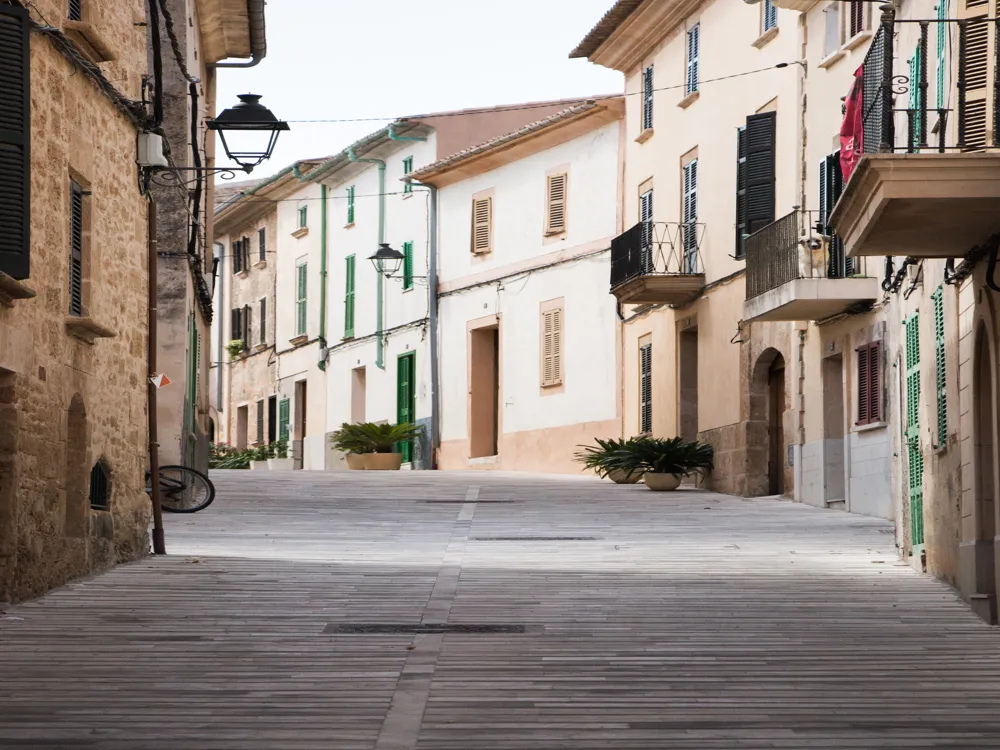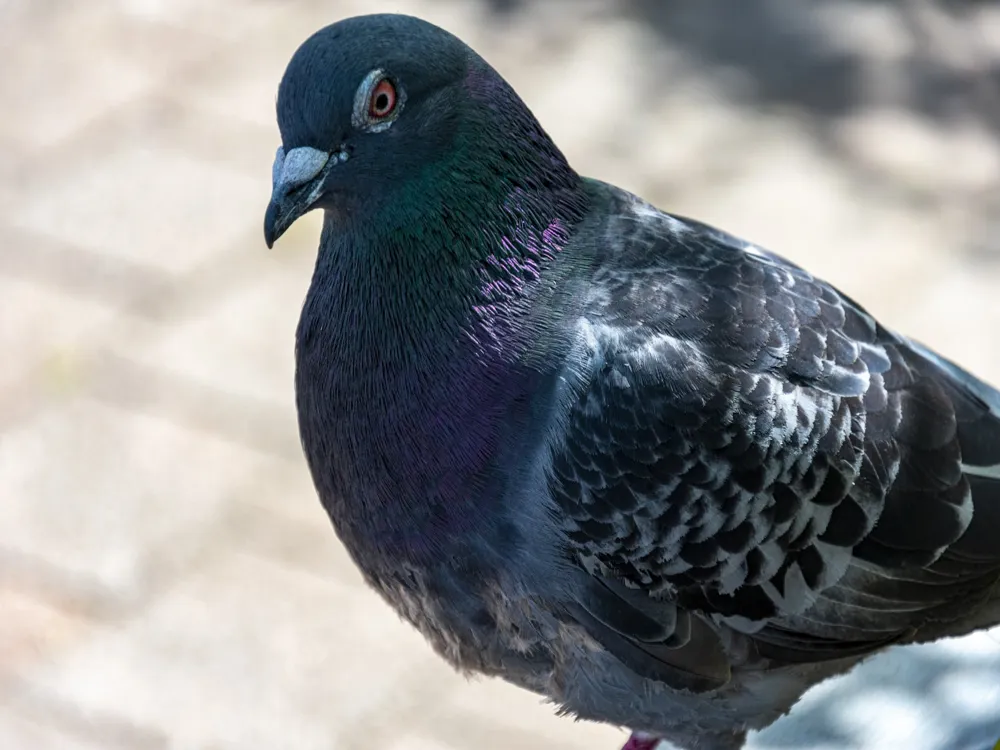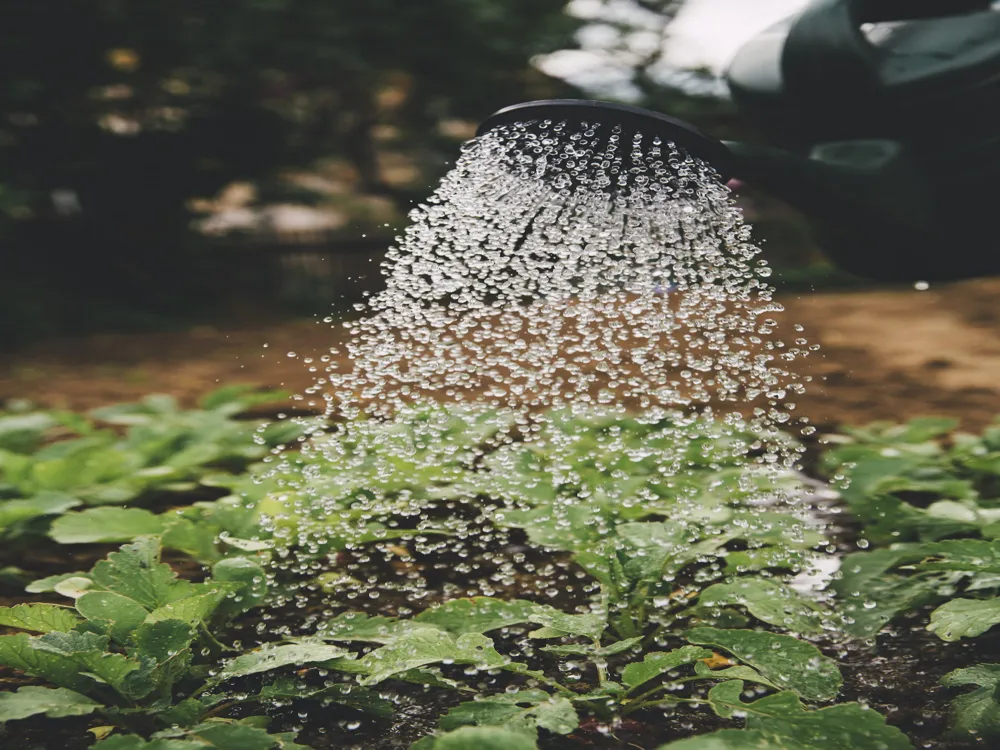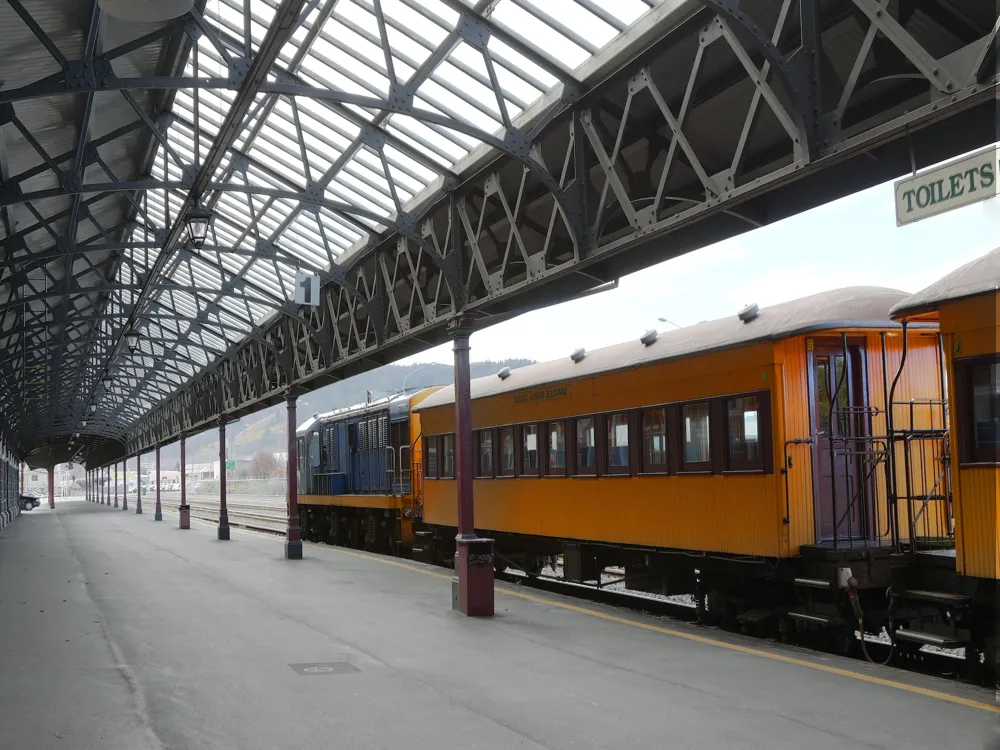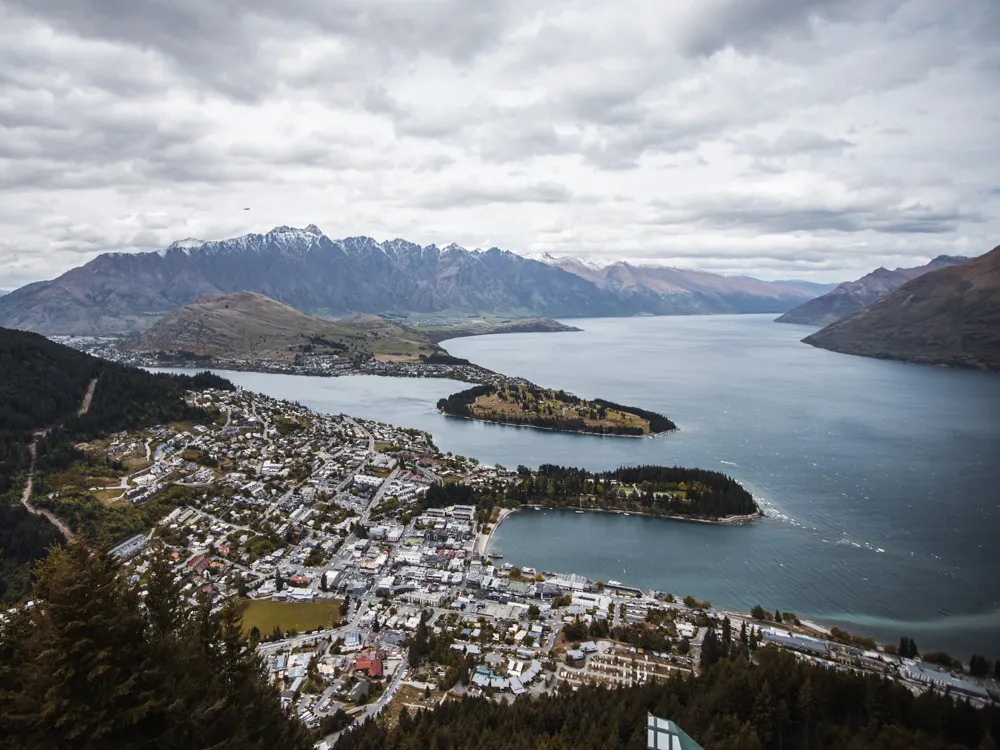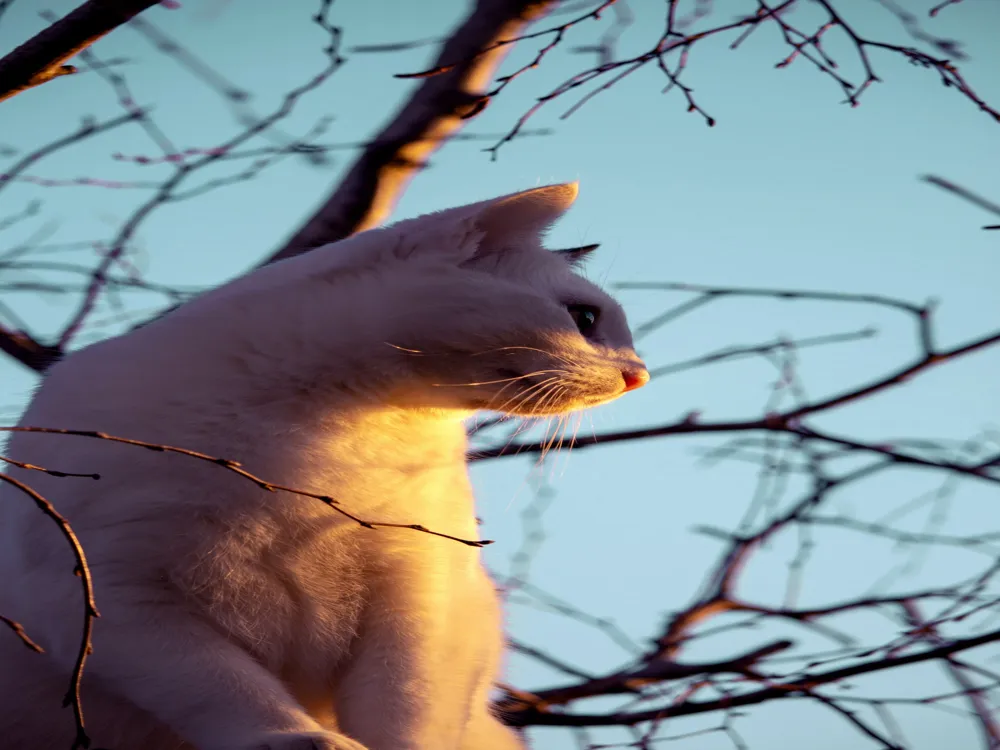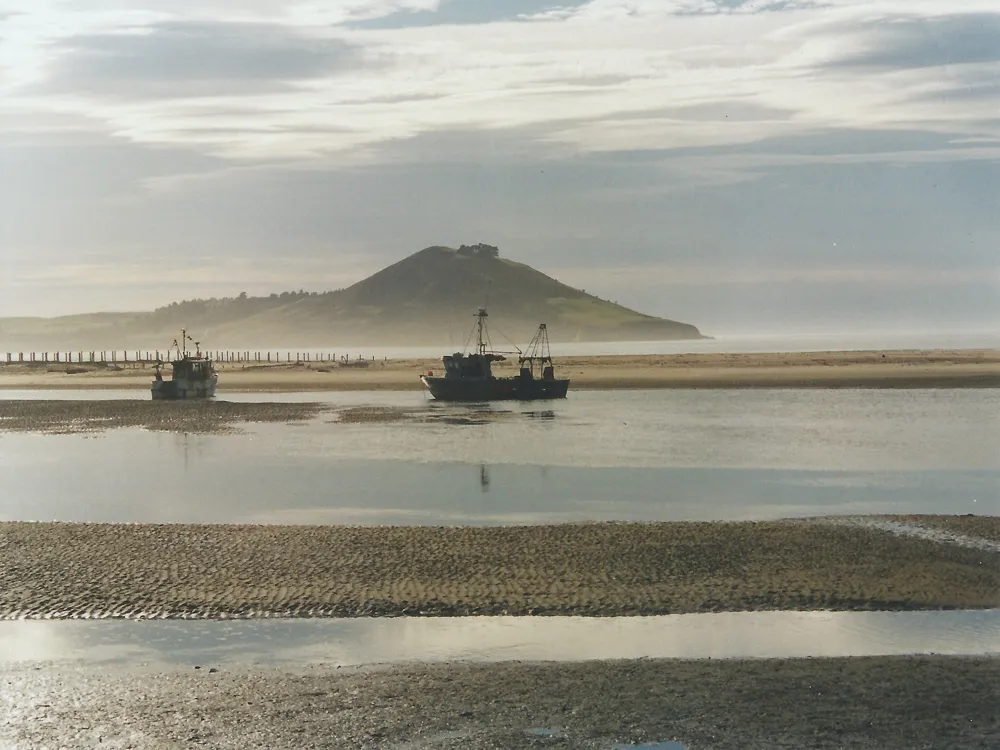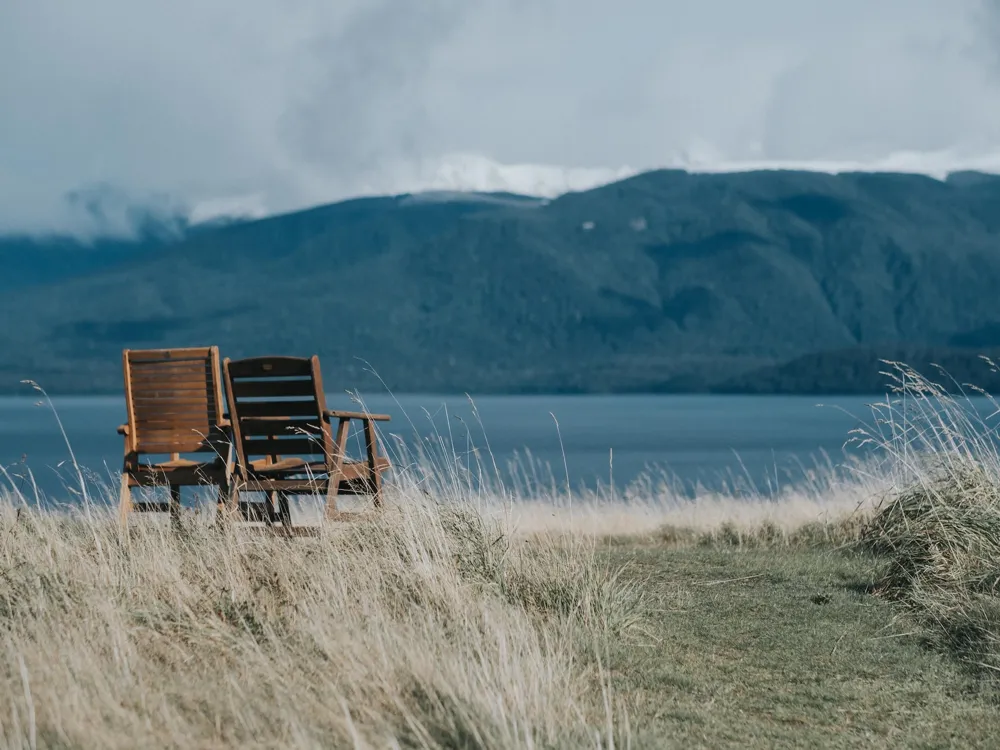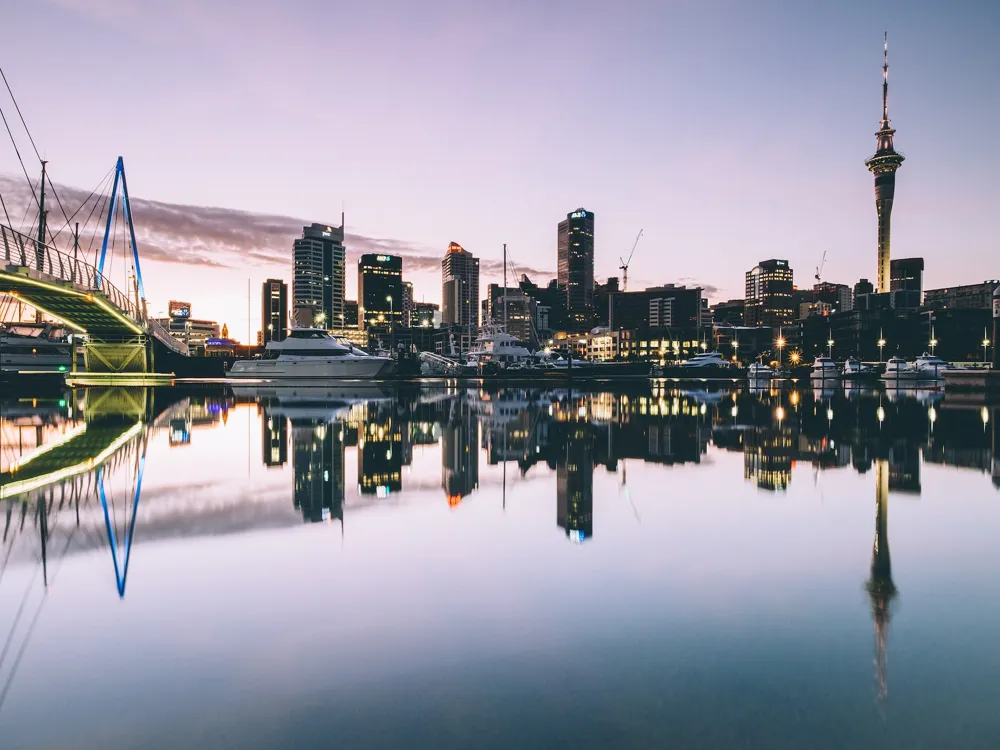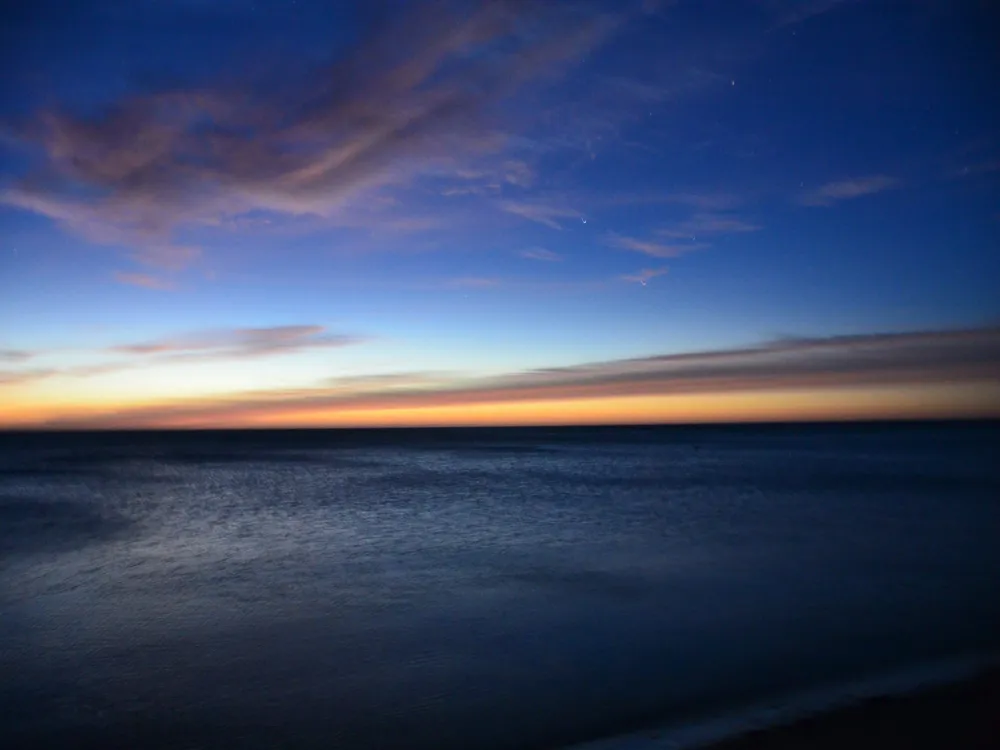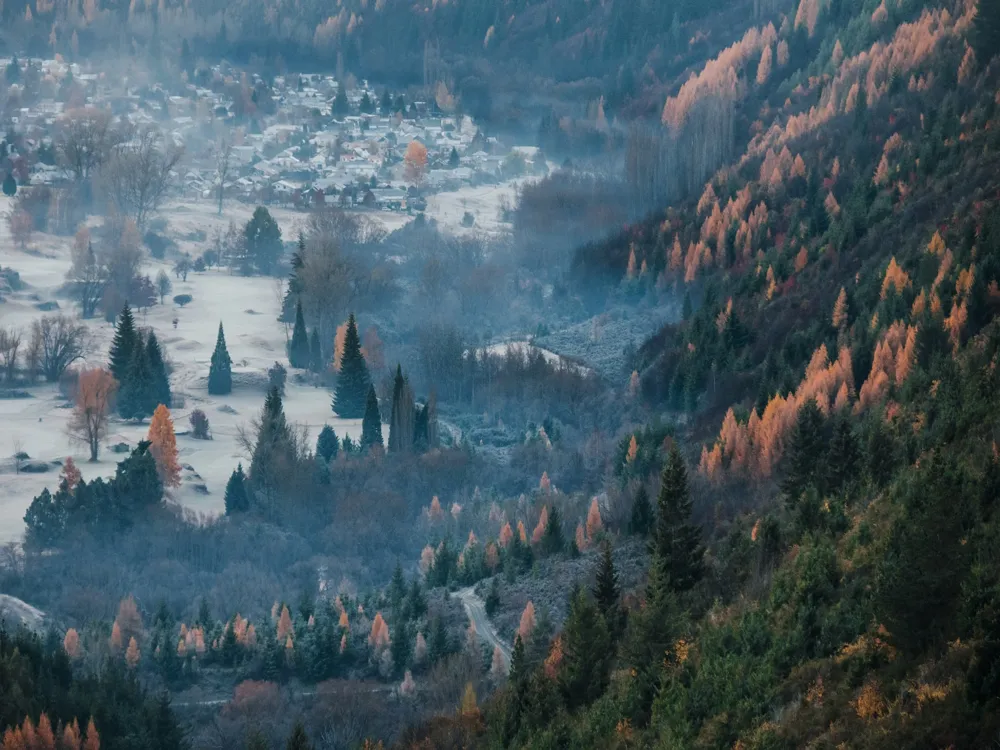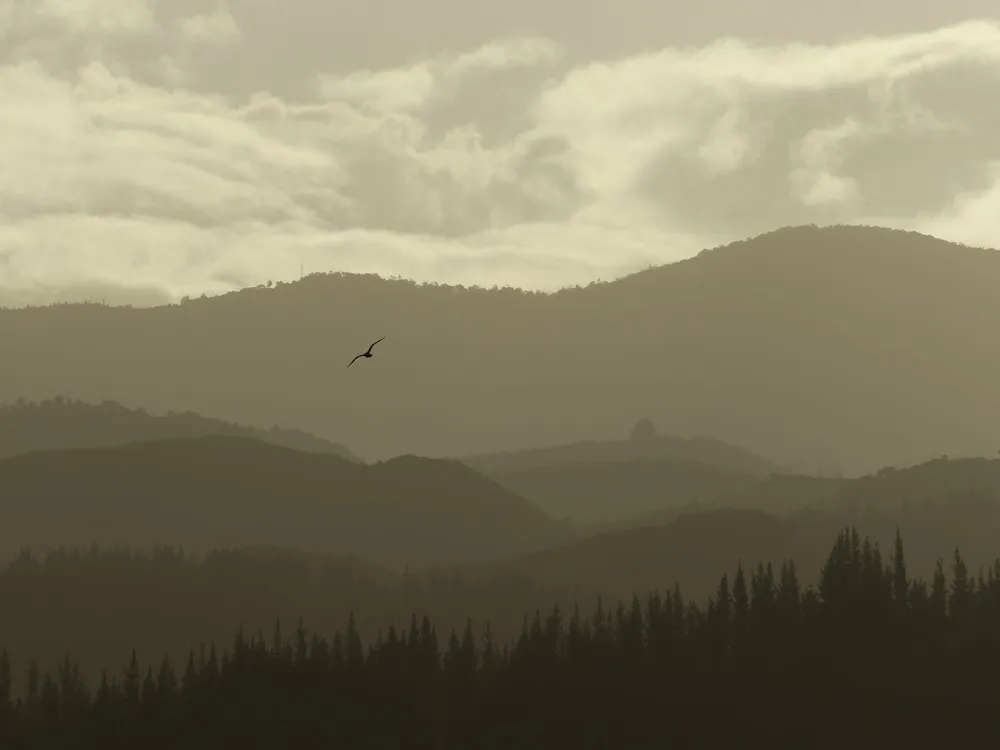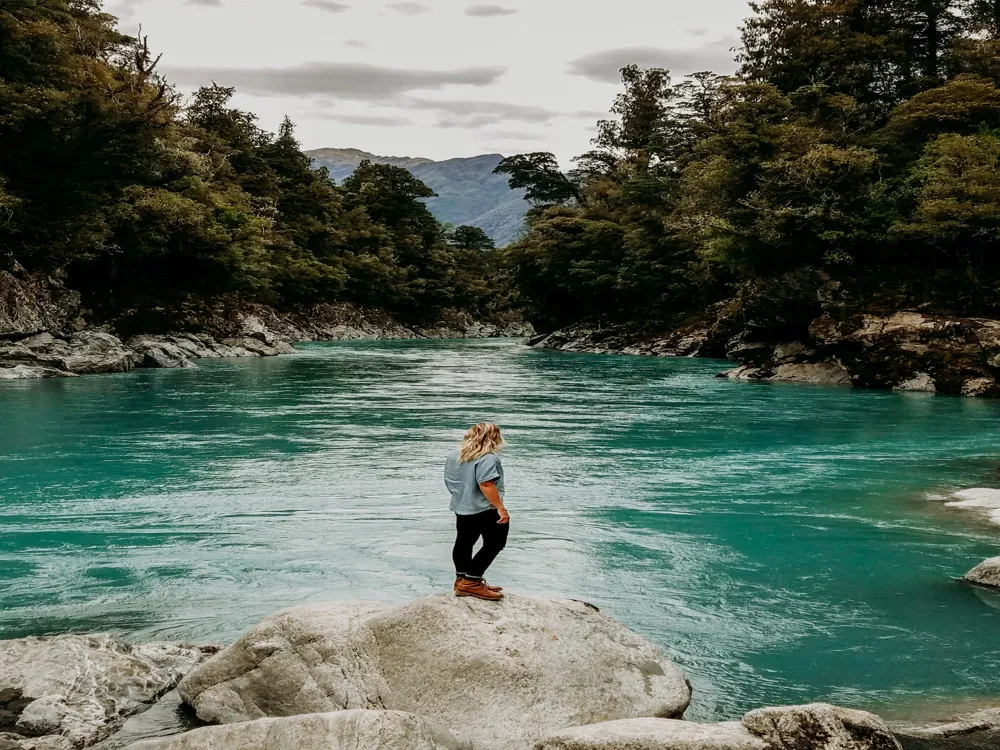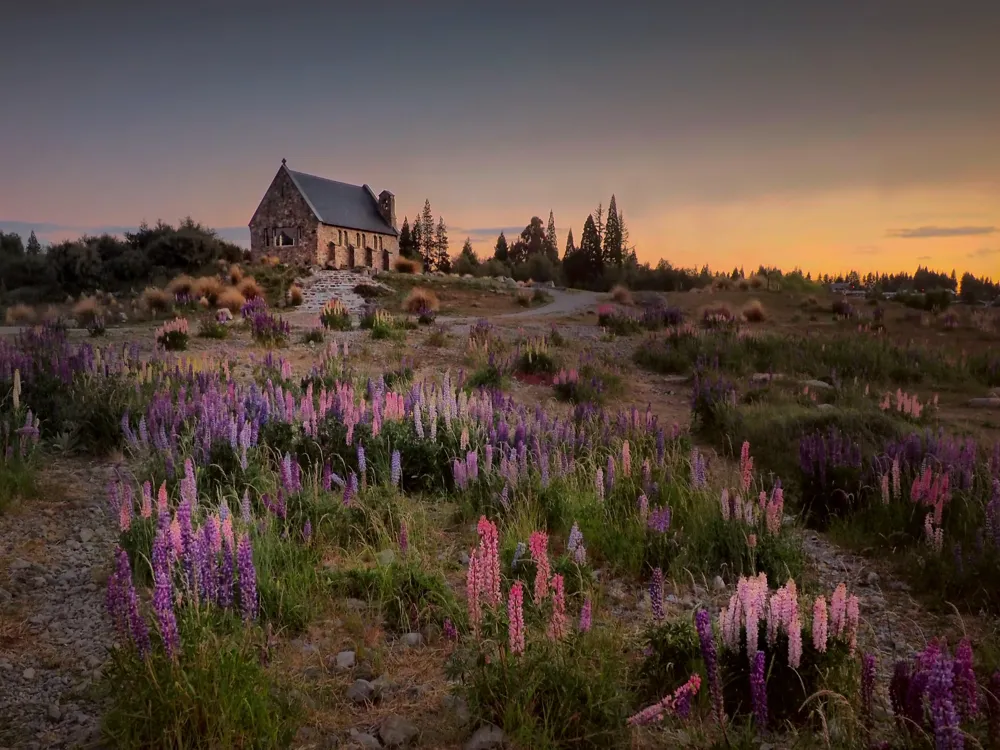Taiaroa Head, a prominent headland at the entrance of the Otago Harbour on the South Island of New Zealand, presents a unique combination of natural beauty and historical significance. This scenic area, part of the city of Dunedin, is known for its rich wildlife, especially the Royal Albatross Centre, which is the only mainland breeding colony of Royal Albatross in the world. The headland offers breathtaking views of the Pacific Ocean and the harbor, making it a popular spot for tourists and nature enthusiasts. The history of Taiaroa Head is deeply rooted in both Māori and European cultures. Traditionally known as Pukekura, it was an important defensive site for the local Māori. The area's strategic importance continued into the European settlement era, with the establishment of Fort Taiaroa in the 1880s as a response to fears of a Russian invasion. The fort and its disappearing gun, a rare Armstrong Disappearing Gun, remain a significant historical attraction. Aside from its historical significance, Taiaroa Head's natural environment is a major draw. The headland is home to a diverse range of wildlife, including various species of seabirds, penguins, and seals. The Royal Albatross Centre provides educational tours, offering visitors a chance to learn about and observe these magnificent birds in their natural habitat. The headland's unique ecology and conservation efforts make it a vital area for biodiversity in New Zealand. The architecture of Taiaroa Head is a fascinating blend of natural and man-made structures, reflecting its historical and ecological significance. The most notable architectural feature is the Fort Taiaroa, an integral part of the headland's history. Constructed in the late 19th century, the fort was built to protect New Zealand from the perceived threat of Russian invasion. Its most famous feature is the Armstrong Disappearing Gun, a remarkable piece of military engineering designed to retract into a hidden underground bunker after firing. Fort Taiaroa's construction is a testament to the engineering capabilities of the time. The underground tunnels and bunkers, built with minimal modern machinery, showcase the ingenuity and resourcefulness of the builders. The gun emplacements and observation posts are strategically located, offering expansive views of the surrounding ocean and harbor, crucial for the defense strategy of the era. In addition to the military architecture, the Royal Albatross Centre at Taiaroa Head is another architectural highlight. The center is designed with sustainability and environmental integration in mind, aiming to minimize the impact on the surrounding wildlife. The building offers educational spaces, viewing areas, and visitor facilities, all while respecting the delicate ecosystem of the albatross colony. The architecture here is a blend of functionality, environmental consciousness, and aesthetic appeal, contributing to the headland's unique character. The best time to visit Taiaroa Head is during the summer months (December to February) when the weather is most favorable, and the albatrosses are usually nesting. However, spring (September to November) and autumn (March to May) also offer pleasant weather and fewer crowds. To maximize your wildlife viewing experience, visit the Royal Albatross Centre. Be sure to bring binoculars for a closer look at the albatrosses and other seabirds. Also, keep an eye out for penguins and seals along the coastline. Don't miss exploring Fort Taiaroa and its disappearing gun. Guided tours are available, offering insights into the historical significance of the fort and its role in New Zealand's defense history. Respect the natural environment of Taiaroa Head by staying on marked trails and not disturbing the wildlife. Follow the guidelines provided by the Royal Albatross Centre to ensure a sustainable and eco-friendly visit. Taiaroa Head is accessible from Dunedin city center by road. The most convenient way to reach it is by car, which takes about 45 minutes. Public transport options are limited, but organized tours often include transport to and from the headland. For those seeking a more adventurous route, cycling or hiking along the scenic Otago Peninsula is an alternative way to reach Taiaroa Head, offering stunning views and a chance to experience the local landscape.Overview of Taiaroa Head, Dunedin
Architecture of Taiaroa Head
Tips When Visiting Taiaroa Head
Best Time to Visit
Wildlife Watching
Historical Sites
Responsible Tourism
How To Reach Taiaroa Head
Taiaroa Head
Dunedin
₹ 142,000 onwards
View dunedin Packages
Weather :
Tags : Beach
Time Required : 1 - 3 Hours
Planning a Trip? Ask Your Question
Dunedin Travel Packages
View All Packages For Dunedin
Top Hotel Collections for Dunedin

Private Pool

Luxury Hotels

5-Star Hotels

Pet Friendly
Top Hotels Near Dunedin
Other Top Ranking Places In Dunedin
View All Places To Visit In dunedin
View dunedin Packages
Weather :
Tags : Beach
Time Required : 1 - 3 Hours
Planning a Trip? Ask Your Question
Dunedin Travel Packages
View All Packages For Dunedin
Top Hotel Collections for Dunedin

Private Pool

Luxury Hotels

5-Star Hotels

Pet Friendly







